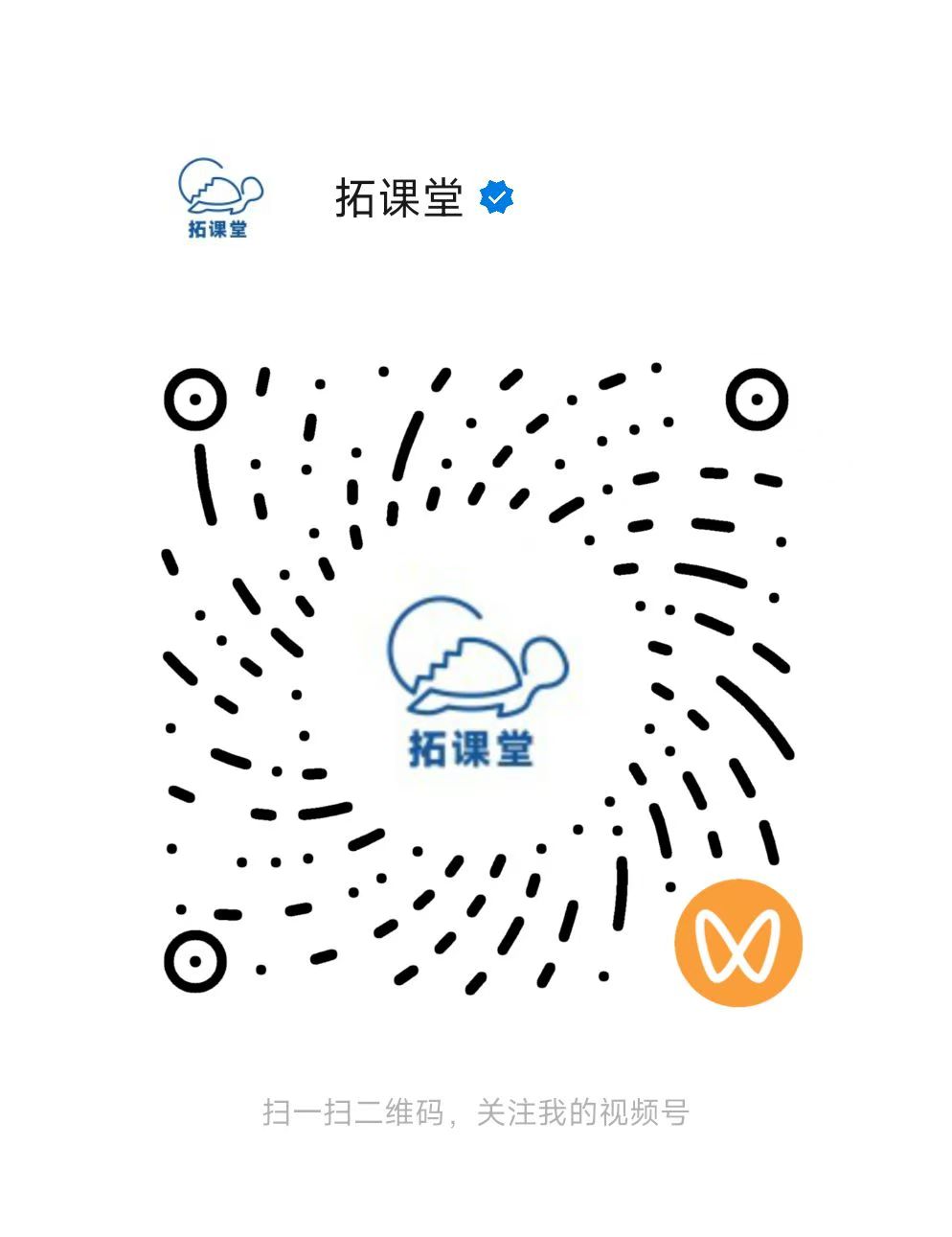IGCSE化学 核心笔记
学科重点
学习进度追踪
1. States of Matter(物质状态)
Section titled “1. States of Matter(物质状态)”1.1 三态的性质
Section titled “1.1 三态的性质”我们先来看看固体、液体和气体最基本的区别:
| 状态 | 形状 | 体积 |
|---|---|---|
| Solid(固体) | 固定形状 | 固定体积 |
| Liquid(液体) | 无固定形状 | 固定体积 |
| Gas(气体) | 无固定形状 | 无固定体积 |
Click to flip • Press Space or Enter
1.2 粒子结构(Particle Structure)
Section titled “1.2 粒子结构(Particle Structure)”这里要注意三个关键词:separation(间距)、arrangement(排列)、motion(运动)。
| 状态 | Separation | Arrangement | Motion |
|---|---|---|---|
| Solid | 紧密靠近(close together) | 规则排列(regular) | 在固定位置振动(vibrate) |
| Liquid | 紧密靠近(close together) | 随机排列(random) | 相互滑过(slide past) |
| Gas | 间距很大(far apart) | 随机排列(random) | 快速随机运动(move quickly and randomly) |
1.3 状态变化(Changes of State)
Section titled “1.3 状态变化(Changes of State)”状态变化术语
Click to flip • Press Space or Enter
1.4 温度和压强对气体的影响
Section titled “1.4 温度和压强对气体的影响”这个知识点在考试中经常以图表题或解释题出现,要理解原理:
Key Concepts
1.5 用 Kinetic Particle Theory (KPT) 解释
Section titled “1.5 用 Kinetic Particle Theory (KPT) 解释”KPT(粒子动力学理论)是整个物质状态章节的核心,所有现象都要能用它来解释:
KPT 解释状态变化
温度和压强对气体的影响(KPT 解释):
- 温度升高 (↑T):粒子获得更多 KE,运动更快。要维持相同压强(压力/面积),粒子必须分散开来 → 体积增大
- 压强增大 (↑P):外部施加的力增大,把粒子压得更紧 → 体积减小
1.6 扩散(Diffusion)
Section titled “1.6 扩散(Diffusion)”Click to flip • Press Space or Enter
2. Atoms, Elements and Compounds(原子、元素与化合物)
Section titled “2. Atoms, Elements and Compounds(原子、元素与化合物)”2.1 Elements, Compounds and Mixtures
Section titled “2.1 Elements, Compounds and Mixtures”这是化学最基本的分类,一定要能清晰区分:
| 概念 | 定义 | 能否分离 |
|---|---|---|
| Element(元素) | 只含有一种原子的纯物质 | 不能用化学方法分解 |
| Compound(化合物) | 由两种或更多元素以固定比例化学结合的纯物质 | 只能用化学方法分离 |
| Mixture(混合物) | 由两种或更多物质(元素或化合物)未化学结合的混合 | 可用物理方法分离 |
Click to flip • Press Space or Enter
2.2 原子结构(Atomic Structure)
Section titled “2.2 原子结构(Atomic Structure)”原子的结构是这样的:中心是原子核(nucleus),里面有质子(protons)和中子(neutrons),外面是**电子(electrons)在特定的壳层(shells/energy levels)**上运动。
亚原子粒子的性质
Click to flip • Press Space or Enter
Click to flip • Press Space or Enter
电子排布(Electronic Configuration)
Section titled “电子排布(Electronic Configuration)”前 20 个元素的电子壳层填充顺序是:2, 8, 8, 2…
电子排布练习
周期表重要规律
2.3 同位素(Isotopes)
Section titled “2.3 同位素(Isotopes)”Click to flip • Press Space or Enter
在符号
是质量数(mass number) 是质子数(proton number) - Charge 是电荷
例子:
:6 个质子, 个中子 :17 个质子,18 个中子, 个电子
相对原子质量计算
Section titled “相对原子质量计算”相对原子质量(
计算 $A_r$
2.4 离子键(Ionic Bonds)
Section titled “2.4 离子键(Ionic Bonds)”阳离子和阴离子的形成
Section titled “阳离子和阴离子的形成”Key Concepts
离子键的定义
Section titled “离子键的定义”Click to flip • Press Space or Enter
离子键的形成(Dot-and-cross 图)
Section titled “离子键的形成(Dot-and-cross 图)”例子:
Sodium 原子(2,8,1)转移一个外层电子给 Chlorine 原子(2,8,7),形成
离子化合物的性质
Section titled “离子化合物的性质”| 性质 | 原因 |
|---|---|
| 高熔点/沸点 | 需要大量能量来打破强静电力 |
| 导电性好(熔融或水溶液) | 离子可以自由移动,携带电荷 |
| 导电性差(固态) | 离子被固定在晶格中,无法移动 |
Click to flip • Press Space or Enter
巨型晶格结构
Section titled “巨型晶格结构”离子化合物以巨型晶格结构(giant lattice structure)存在,是正负离子交替排列的规则、重复结构。
2.5 共价键(Covalent Bonds)
Section titled “2.5 共价键(Covalent Bonds)”共价键的形成
Section titled “共价键的形成”Click to flip • Press Space or Enter
简单分子的共价键(Dot-and-cross 图)
Section titled “简单分子的共价键(Dot-and-cross 图)”常见例子:
:一对共享电子 :一对共享电子 :两对共享电子 :四对共享电子 :三对共享电子,一对孤对电子 :一对共享电子
复杂分子的共价键
Section titled “复杂分子的共价键”:甲醇 :双键(double bond) :双键 :两个双键 :三键(triple bond)
简单分子化合物的性质
Section titled “简单分子化合物的性质”Key Concepts
2.6 巨型共价结构(Giant Covalent Structures)
Section titled “2.6 巨型共价结构(Giant Covalent Structures)”Diamond(金刚石)
Section titled “Diamond(金刚石)”Key Concepts
用途:极硬,用于切割工具。
Graphite(石墨)
Section titled “Graphite(石墨)”Key Concepts
用途:
- 层可以相互滑动 → 用作润滑剂
- 有离域电子 → 能导电 → 用作电极
Silicon(IV) Oxide(
Section titled “Silicon(IV) Oxide(,二氧化硅)”结构类似 diamond:
- 每个 Si 原子与 4 个 O 原子共价结合
- 每个 O 原子与 2 个 Si 原子共价结合
- 形成巨大的刚性 3D 晶格
Click to flip • Press Space or Enter
2.7 金属键(Metallic Bonding)
Section titled “2.7 金属键(Metallic Bonding)”Click to flip • Press Space or Enter
金属的性质及解释
Section titled “金属的性质及解释”Key Concepts
3. Stoichiometry(化学计量学)
Section titled “3. Stoichiometry(化学计量学)”3.1 化学式(Formulae)
Section titled “3.1 化学式(Formulae)”分子式和经验式
Section titled “分子式和经验式”Click to flip • Press Space or Enter
写化学方程式
Section titled “写化学方程式”化学方程式要点
离子化合物的化学式
Section titled “离子化合物的化学式”总正电荷必须等于总负电荷(化合物呈中性)。
推导离子化合物化学式
离子方程式只显示参与反应的离子,旁观离子(spectator ions)不写。
例子(
3.2 相对质量
Section titled “3.2 相对质量”Key Concepts
3.3 摩尔和阿伏伽德罗常数
Section titled “3.3 摩尔和阿伏伽德罗常数”Click to flip • Press Space or Enter
摩尔计算核心公式
摩尔计算练习
滴定实验中,已知一种物质的浓度和体积,用摩尔比计算未知物质的浓度或体积。
步骤:
- 计算已知物质的物质的量:
- 用化学方程式的摩尔比找到未知物质的物质的量
- 计算未知物质的浓度或体积
经验式和分子式计算
Section titled “经验式和分子式计算”经验式计算
分子式:分子式 =
Key Concepts
4. Electrochemistry(电化学)
Section titled “4. Electrochemistry(电化学)”4.1 电解(Electrolysis)
Section titled “4.1 电解(Electrolysis)”Click to flip • Press Space or Enter
电解装置的组成
Section titled “电解装置的组成”Key Concepts
Key Concepts
熔融铅(II)溴化物(
Section titled “熔融铅(II)溴化物()的电解”| 电极 | 离子 | 半反应 | 产物 |
|---|---|---|---|
| 阴极 (−) | 银灰色金属 | ||
| 阳极 (+) | 棕橙色气体 |
浓氯化钠溶液(
Section titled “浓氯化钠溶液()的电解”| 电极 | 优先反应离子 | 半反应 | 产物 |
|---|---|---|---|
| 阴极 (−) | 无色气体 | ||
| 阳极 (+) | 黄绿色气体 |
剩余溶液是
稀硫酸(
Section titled “稀硫酸()的电解”| 电极 | 离子 | 半反应 | 产物 |
|---|---|---|---|
| 阴极 (−) | 氢气 | ||
| 阳极 (+) | 氧气 |
电解产物的一般规律
Section titled “电解产物的一般规律”电解产物规律
电镀(Electroplating)
Section titled “电镀(Electroplating)”Click to flip • Press Space or Enter
硫酸铜溶液(
Section titled “硫酸铜溶液()的电解”惰性碳电极:
| 电极 | 半反应 | 产物 |
|---|---|---|
| 阴极 (−) | 红棕色金属沉积 | |
| 阳极 (+) | 无色气体(氧气) |
铜电极(电镀/精炼铜):
| 电极 | 半反应 | 变化 |
|---|---|---|
| 阴极 (−) | 纯铜沉积 | |
| 阳极 (+) | 铜电极溶解,质量减少 |
卤化物溶液的电解
Section titled “卤化物溶液的电解”Key Concepts
写离子半反应方程式
Section titled “写离子半反应方程式”半反应方程式
4.2 氢氧燃料电池(Hydrogen–Oxygen Fuel Cells)
Section titled “4.2 氢氧燃料电池(Hydrogen–Oxygen Fuel Cells)”Click to flip • Press Space or Enter

